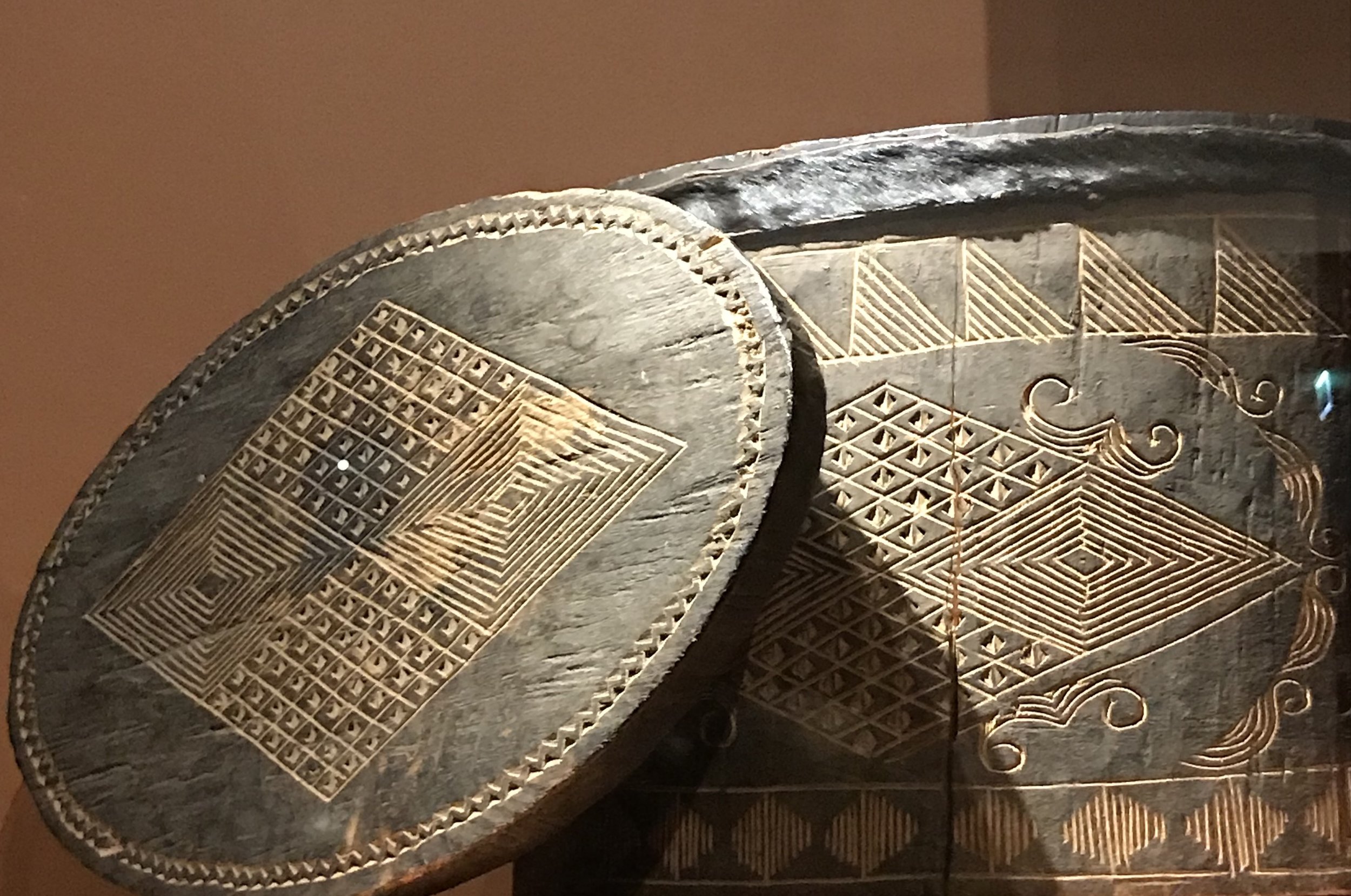AN EXHIBITION ON MADAGASCAR IN PARIS
/The museum of the Quai Branly in Paris dedicates a whole exhibit to the island of Madagascar. More than 360 objects and works are featured to present the Madagascan way of life, history, culture, and most of all its art. It is a major event as the last exhibit on the subject dates back to 1946. We could not be any prouder of our country! We strongly recommend a visit with your children.
The first part of the visit gives a geographical view on the country.
Located on the southeast of the African continent, the size of the island is slightly larger than that of France. Madagascar benefits from a very rich diversity of climates, landscapes and has an exceptional flora and fauna. This unique environment is marvelously illustrated by the black and white photographs of Pierrot Men.
Ranavalona III - picture taken at the Madagascan exhibit of the Museum of the Quai Branly - unknown photographer
The visit then takes us on a trip through time. We learn about the very first Indonesian, African and Austronesian settlers who brought rice, yam, coconut trees, steers, goats and sheep to the island from the 5th to the 8th century, the arrival of Europeans in 1500, the creation and development of the various Madagascan kingdoms, the colonization of the country from 1885 to 1960 and its independance.
We discover the country’s famous figures who shaped the country’s history such as the queen Ranavalona III, last Madagascan sovereign who tried to prevent colonization and was exiled to Algiers by the French military leader Gallieni.
We then move on to the Madagascan art of living. Astrology plays a vital part in spatial organisation. The whole house layout as well as numerous rituals are determined by vintana, the Madagascan astrology divided into four “fates” linked to the four cardinal points.
The east is associated to honors, growth and authority. Zebus also known as humped cattle and symbol of wealth are therefore kept in the east of villages.
The north is related to everything sacred.
On the contrary western and southern directions are associated to domestic, less noble and even impure objects and uses.
Houses are mostly made of natural materials such as wood, palm fronds covered in mud, bamboo or raffia. Traditional home interiors are most often quite bare with little furniture and devoid of superficial details.
Honey Pot - Picture taken at the Musée du Quai Branly - Madagascan exhibit to visit as a family with children in Paris
Design is king: daily objects are very carefully crafted, highly functional, each holding a social symbol. The Madagascan craftsmanship of wood engraving and sculpture is listed on the UNESCO world heritage. WIth fairly limited means, Madagascan are very skilled at making the most of the resources available in their environment.
Hats are another part of the Madagascan know-how. Weaved from rice straw or other vegetal fibers, a great diversity of hats are presented in the exhibition, each unique in its style depending on the region and social function of its wearer.
Another highlight of the exhibit is the importance and power of the invisible world. On the Big Island, there is an ancient link between the sacred world and the design, shapes and materials of daily objects and works of art. The sacred world has a strong influence on art in all its domains.
The unique God, Zanahary is believed to be the creator of all things and still plays a vital role today whatever the region and social class. Ancestors are also deeply respected and worshipped as they are considered to be intermediaries between the profane and sacred world, omnipresent in daily lives and often asked to help solve problems.
Lamba - Picture taken at the Musée du Quai Branly - Madagascan exhibit to visit as a family with children in Paris
Lambas, traditional rectangular shapes hand woven cloths, symbolize this link between the living and the dead.
They are worn by the living over the shoulders as a shawl or tied at the waist but are also used to wrap the bodies of the deceased.
These fine cloths with complex weaves can be made of cotton, bullrush, hemp, silk or other plant fibers. They are dyed in beautiful colors and decorated with specific patterns which all hold a meaning.
The most famous pattern is the lambamena which used to be worn by head of villages. The background was red, color associated to power with black and multi colored stripes.
Some are decorated with beads named vakana, which are believed to be magical elements linked to ancestors.
Picture taken at the Musée du Quai Branly - Madagascan exhibit to visit as a family with children in Paris
Several objects such as amulets and talismans are used to protect their owners. These can be made of very different elements such as roots, seeds, bark, quartz, stones, claws, hair, teeth, shells, beads, silver… They too are part of the Madagascan art.
Anna Quinquaud - Maternity of ANTAÏSAKA
This beautiful exhibit will give you a glimpse of the treasures of Madagascar.
If you want to learn more about handmade smocking which is also part of the Madagascan culture please read the following article
Dress tip :
To visit this beautiful exhibit and honor Madagascar, we suggest wearing a red or green dress, color of the country’s flag.
We suggest the Fir green velvet Cerise dress
Useful information
Address: 37 Quai Branly, 75007 Paris
Phone number: +33 (0)1 56 61 70 00
Opening hours:
Tuesday, Wednesday and Sunday
11:00 am - 07:00 pm
Thursday, Friday and Saturday
11:00 am - 09:00 pm
Website: http://www.quaibranly.fr/en





















